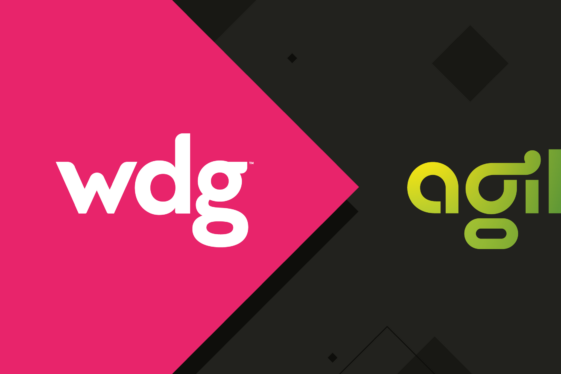“What did you say?”- A basic guide to WordPress terminology
At DC based WordPress and Drupal development company, WDG, we navigate WordPress and its terminology all day long. Oftentimes, we find the largest disconnect between a client and full mobility of their WordPress site, is the novelty of the language frequently used on WordPress. In order to get the most out of your WordPress site, it is important to have a basic understanding of the terms used. Below are some of the most commonly used terms for WordPress sites:
1) Blog– WordPress was originally designed blogging software, or a software that allows people to create an online journal. Blogs can focus on a plethora of topics and can be personal in nature, or reflect the opinions of businesses, politics, and entertainment.
2) Posts– The individual writings added to a blog. Without the posts, there is no written content to the blog.
3) Categories– Each post in WordPress is filed under one or more categories. When done correctly, categories allow similar posts to be grouped together thereby allowing users to navigate the site easier. Categories are hierarchical in nature and each one can have a parent category.
4) Tags– Similar to categories, tags allow the author to group posts by topic. Unlike categories, tags stand on their own and are not hierarchical in nature.
5) Pages– Typically contain information that will not require much modification in the future. Often the “About Me” or “Contact” sections of the blog are done in Pages.
6) Theme– The appearance of your WordPress site. A WordPress Theme is a group a files that affect the way your WordPress site looks and functions. WordPress provides the Theme Directory with prebuilt themes that can be downloaded. Users also have the option of building their own Theme but this requires a complex understanding of Templates and Templates Tags.
7) Plugins– Used to increase the functionality of the site. Plugins are created by developers and can be added to any WordPress site. There are nearly 20,000 plugins (see: Plugin Directory) so WordPress users can have creative control over all of their site.
It can be kind of overwhelming at first because in many ways learning to understand all these terms is like learning a new language. Hopefully the above descriptions can help you with the basics that you need to start navigating your site like a professional.
